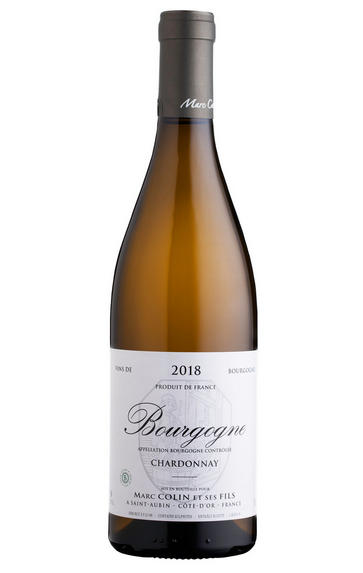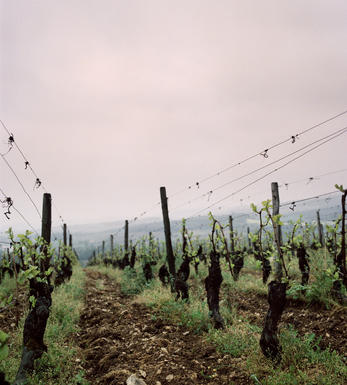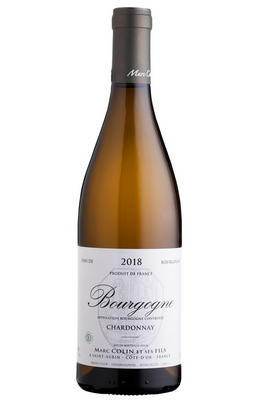
About this WINE

Domaine Marc Colin
Domaine Marc Colin
Marc Colin has now handed over this leading St-Aubin domaine to three of his children, Damien, Joseph and Caroline. The eldest, Pierre-Yves, was involved until 2005 harvest, when he took out his share of the vineyards to be worked separately. The remainder is still a sizeable operation, with 20 hectares spread between 30 appellations, 25 of them for white wines.
The Colin reds come from St-Aubin, Chassagne-Montrachet and Santenay, including a fine vieilles vignes bottling which comes from a plot in Les Champs Claude planted in 1901. This and the Saint-Aubin Les Frionnes are worthy of note, though the Domaine is much better known for its white wines. These include no less than eight bottlings of premier cru St-Aubin plus Puligny- and Chassagne-Montrachet and their associated grands crus.

Bourgogne Rouge
Bourgogne Rouge is the term used to apply to red wines from Burgundy that fall under the generic Bourgogne AOC, which can be produced by over 350 individual villages across the region. As with Bourgogne Blanc and Bourgogne Rosé, this is a very general appellation and thus is hard to pinpoint any specific characteristics of the wine as a whole, due to the huge variety of wines produced.
Around 4,600 acres of land across Burgundy are used to produce Bourgogne Rouge, which is around twice as much as is dedicated towards the production of generic whites.
Pinot Noir is the primary grape used in Bourgogne Rouge production, although Chardonnay, Pinot Blanc, Pinot Gris and in Yonne, César grapes are all also permitted to make up the rest of the wine. These wines tend to be focused and acidic, with the fruit less cloying than in some New World wines also made from Pinot Noir, and they develop more floral notes as they age.
Although an entry-level wine, some Bourgogne Rouges can be exquisite depending on the area and producer, and yet at a very affordable price.

Chardonnay
Chardonnay is often seen as the king of white wine grapes and one of the most widely planted in the world It is suited to a wide variety of soils, though it excels in soils with a high limestone content as found in Champagne, Chablis, and the Côte D`Or.
Burgundy is Chardonnay's spiritual home and the best White Burgundies are dry, rich, honeyed wines with marvellous poise, elegance and balance. They are unquestionably the finest dry white wines in the world. Chardonnay plays a crucial role in the Champagne blend, providing structure and finesse, and is the sole grape in Blanc de Blancs.
It is quantitatively important in California and Australia, is widely planted in Chile and South Africa, and is the second most widely planted grape in New Zealand. In warm climates Chardonnay has a tendency to develop very high sugar levels during the final stages of ripening and this can occur at the expense of acidity. Late picking is a common problem and can result in blowsy and flabby wines that lack structure and definition.
Recently in the New World, we have seen a move towards more elegant, better- balanced and less oak-driven Chardonnays, and this is to be welcomed.



Buying options
Add to wishlist
Description
This cuvée is sourced from Bourgogne-classified vineyards in the communes of Puligny-Montrachet, Chassagne-Montrachet and Saint-Aubin. Damien Colin suggests that the blend of origins makes for a more complete wine; Saint-Aubin fruit provides freshness and energy, Puligny and Chassagne bring weight and richness. The wine is fresh and pure, with a gentle touch of oak spice; it’s made entirely in oak, 5 to 10% of which is new. This is surprisingly serious stuff, rounded out by a touch of cream and a pleasant mineral bitterness. Drink now to 2024.
Adam Bruntlett, Buyer (September 2020)
wine at a glance
Delivery and quality guarantee